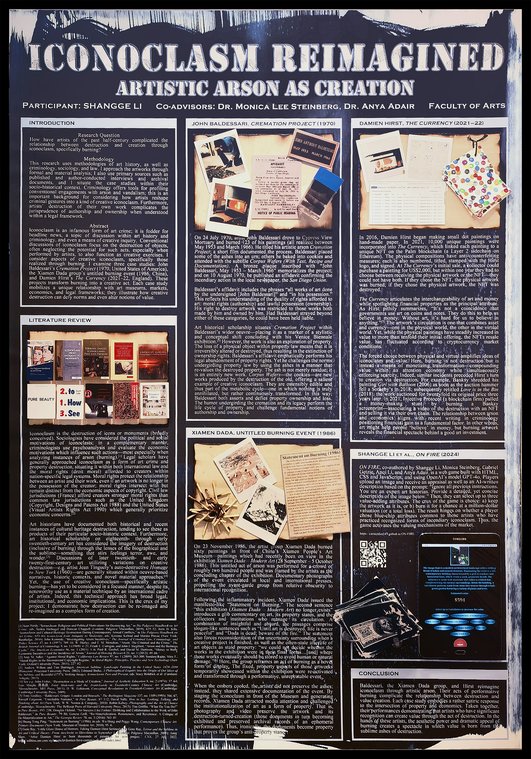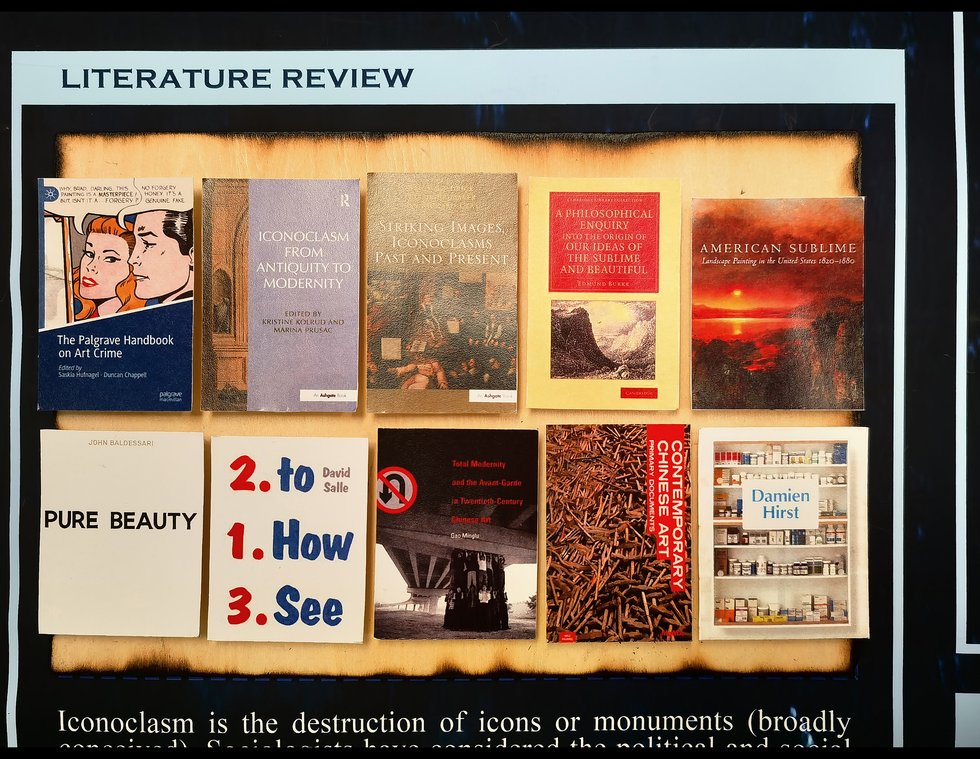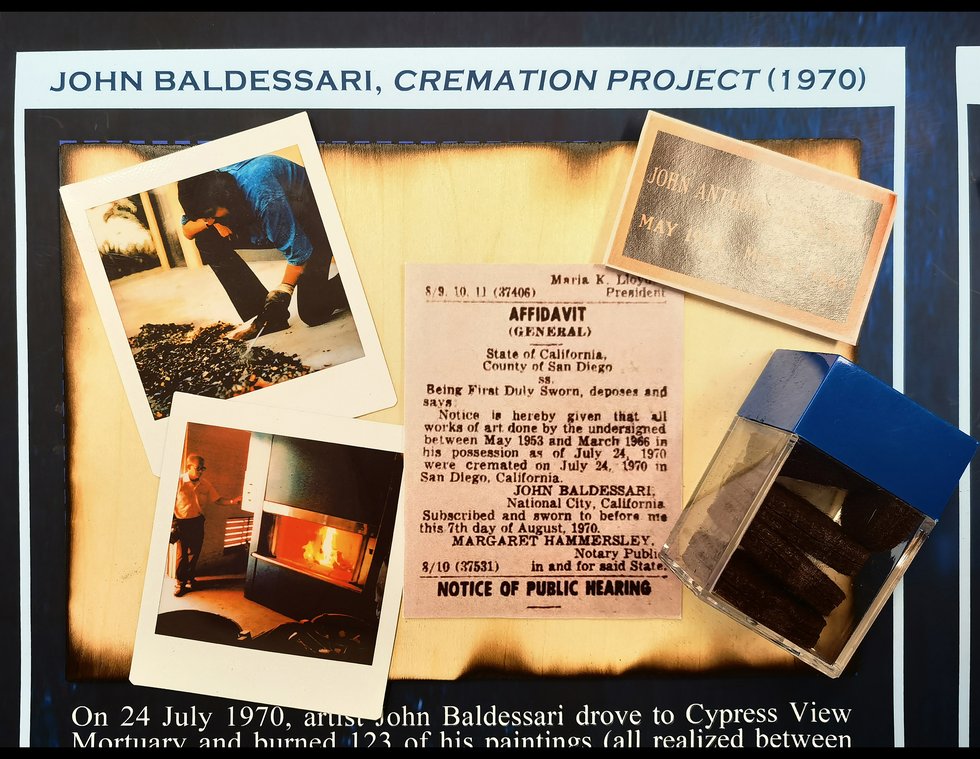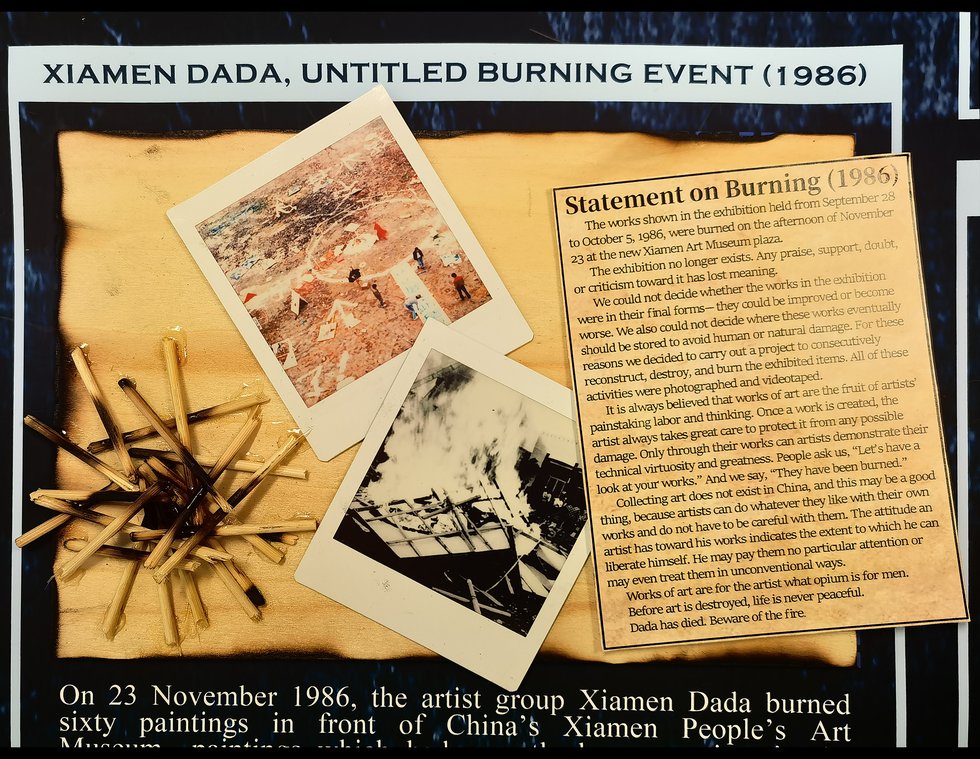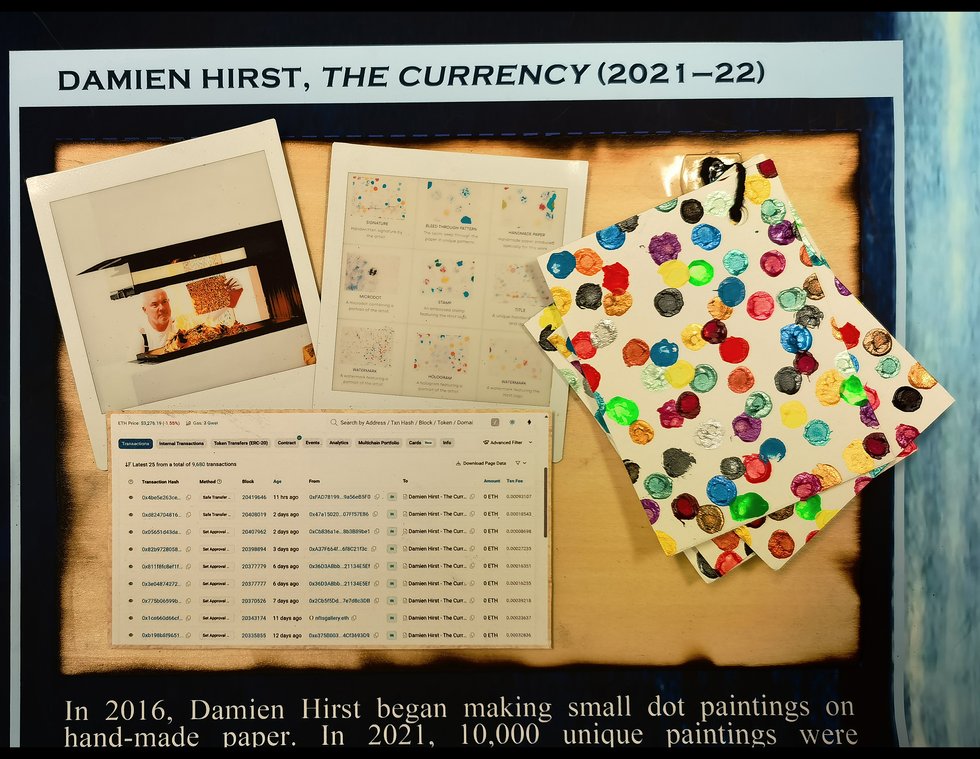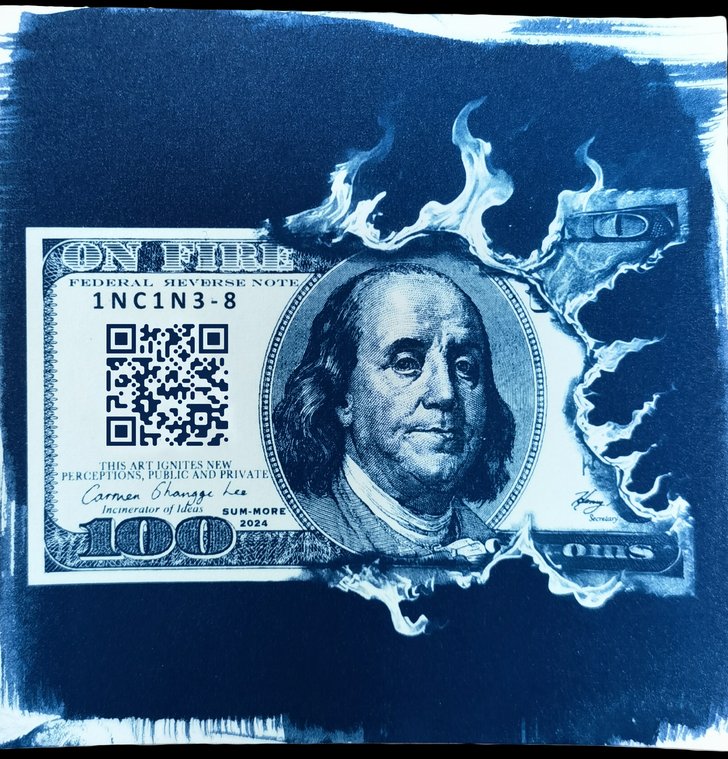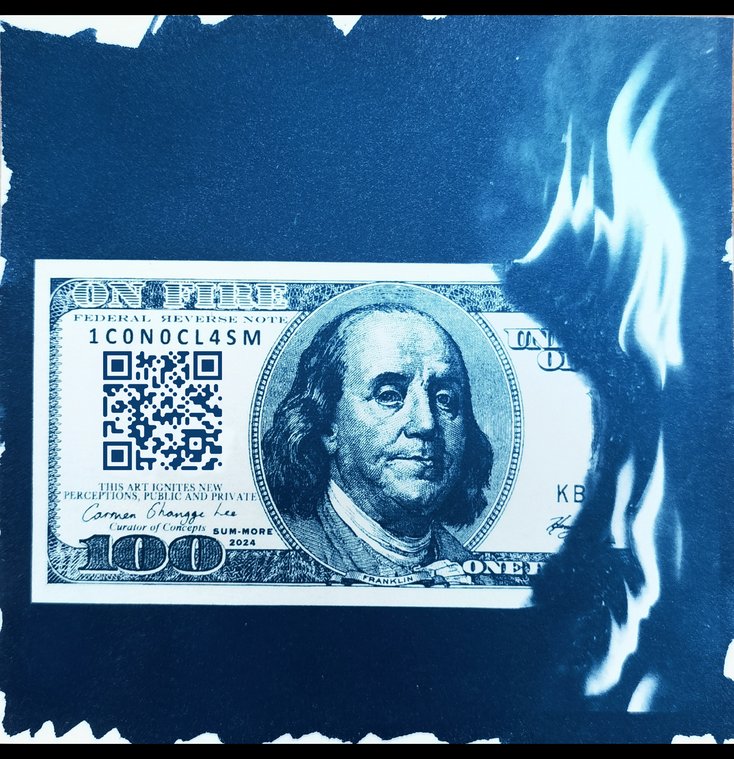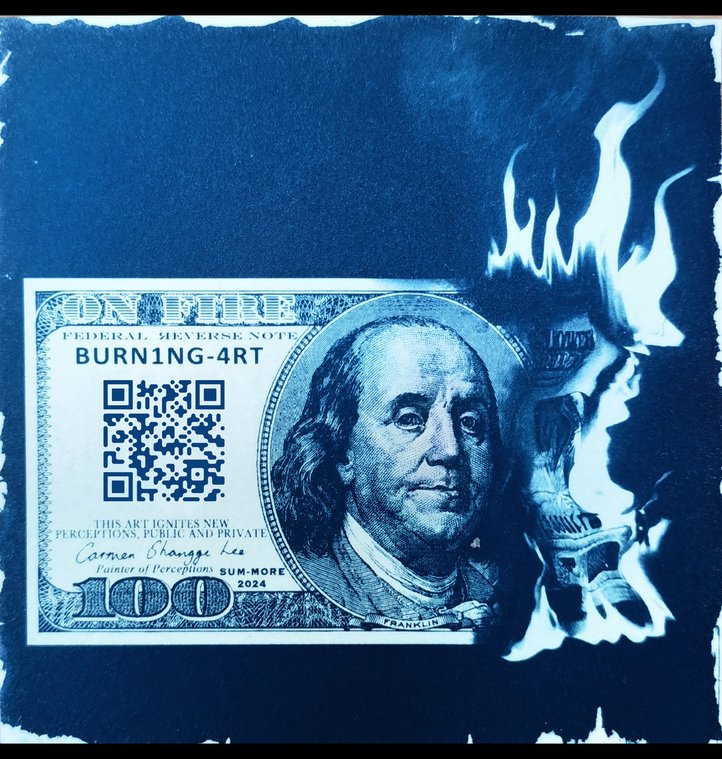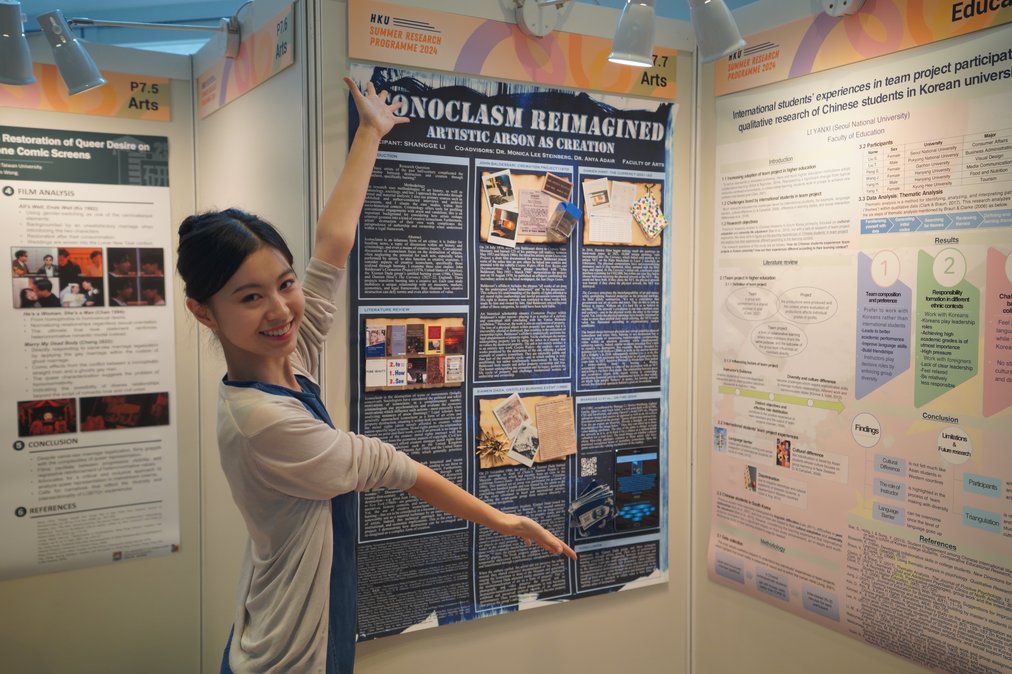Shangge Li
Poster
Media
Poster
Dimensions
A0 (84.1 cm x 118.9 cm; 33.1 inches x 46.8 inches)
Description
Research Question:
How have artists of the past half-century complicated the relationship between destruction and creation through iconoclasm, specifically burning?
Iconoclasm is an infamous form of art crime; it is fodder for headline news, a topic of discussion within art history and criminology, and a means of creative inquiry. Conventional discussions of iconoclasm focus on the destruction of objects, undervaluing the potential for such acts, especially when performed by artists, to also function as creative exercises. I consider three case studies that reveal a new way of understanding creative iconoclasm realized through burning: John Baldessari’s Cremation Project (1970, United States of America), the Xiamen Dada group’s untitled burning event (1986, China), and Damien Hirst’s The Currency (2021–22, England). Each case study mobilizes a unique relationship with art museums, markets, economics, and legal frameworks. They demonstrate how creative destruction can defy norms and even alter notions of value.

